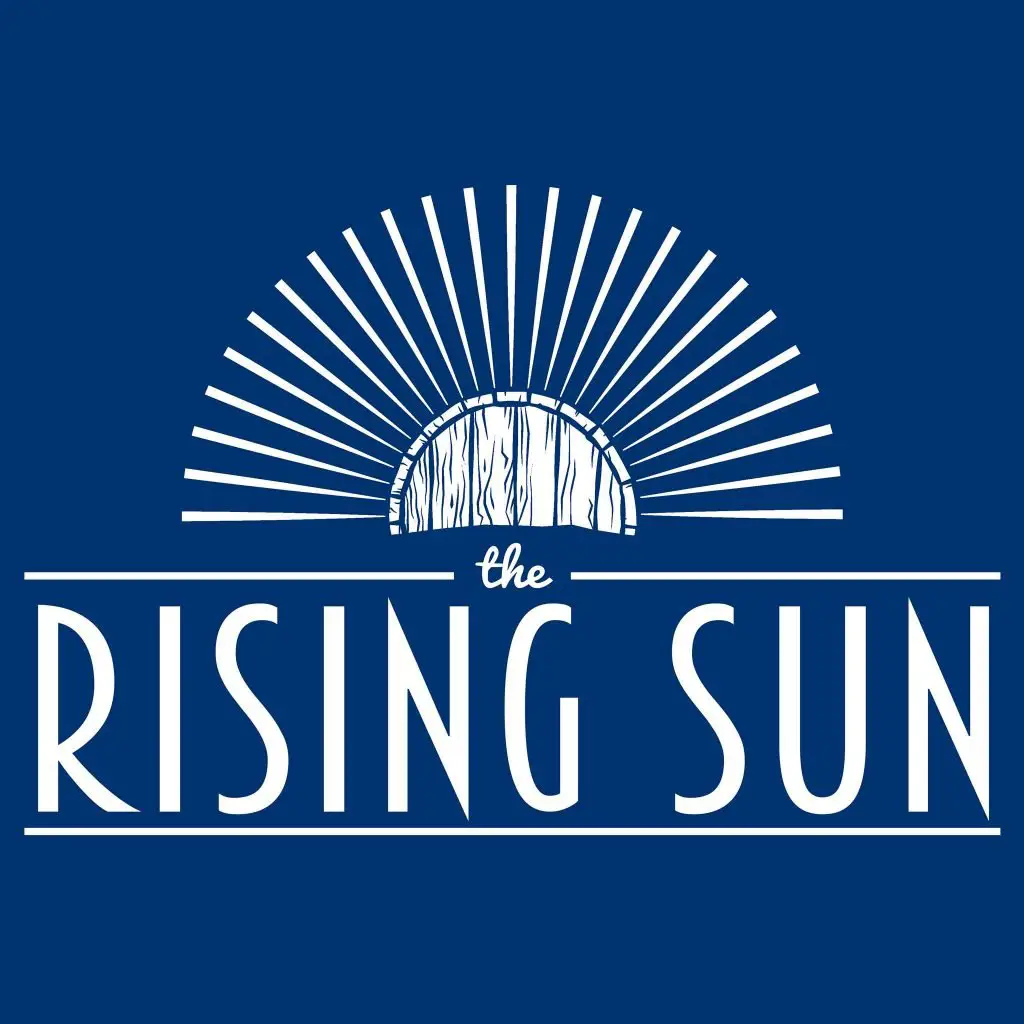Table Of Content

Originally a traditional folk song, “The House of the Rising Sun”, also known as “Rising Sun Blues”, tells of life in New Orleans, back in the day when poverty was the fate of many people. Like the majority of classic folk ballads, the authorship of “The House of the Rising Sun” is tricky and uncertain. “We had the sense that it could be taken as a novelty song, and people aren’t going to take the album seriously,” Sharp told Rolling Stone. After producer Ric Ocasek heard the receptionist at the recording studio humming it, he insisted they keep it in. Apart from The Doors, several notable artists have covered House of the Rising Sun.
The Meaning Behind The Song: House of the Rising Sun by Leadbelly
According to old city directories of New Orleans, one short-lived hotel on Conti Street in the French Quarter in the 1820s was called Rising Sun. In the late 19th century, there was also Rising Sun Hall on what is now Cherokee Street. Also, in the 1860s, a place called The Rising Sun was advertised in local papers on what is now the lake side of the 100 block of Decatur Street.
Sing Along to the Bonnaroo Theme Song
The song has since become ubiquitous in movies and film trailers. “Maybe I’ve let it go too much,” he admitted to Rolling Stone in 2011. In 2011, Azealia Banks was a teenage rapper-singer whose clear talent yielded a development deal with XL Recordings but little else. “She had been working on a collection of tracks and there was one Dutch house-sounding one that was just absolutely insane,” producer Jacques Greene recalled. Far from the international superstar he’d become, Toronto singer-songwriter Abel Tesfaye didn’t even send out photos or do any interviews when he released the first Weeknd album. “The whole ‘enigmatic artist’ thing, I just ran with it,” he said.
When did Sydnie Christmas perform on Britain's Got Talent?
The first recording of “House of the Rising Sun” was by Clarence Ashley and Gwen Foster in 1933. However, the song’s most commercially successful recording was by the Animals in 1964. But in case you haven’t, we’ll start by saying he’s played out and toured almost every single year since 1962.
The Meaning Behind The Song: The House Of The Rising Sun
The song’s introspective narrative and somber ambiance align perfectly with the emotional depth and storytelling aspects prevalent in these genres. The existence of a specific house that inspired the song’s lyrics remains a subject of debate. While some stories claim that the tale is based on an actual brothel, others argue that the “House of the Rising Sun” is symbolic and represents a metaphorical descent into sin and temptation.
With social commentary songs like Mississippi Goddam, Simone remained dedicated to civil rights and black empowerment throughout her lifetime. Simone grew up in North Carolina and studied piano from an early age. She established herself as a singer in the 1950s in the New York City area. She recorded over 40 albums and has been given countless awards, both in life and posthumously. Nina Simone is one of the most prolific soul singers of all time. Crowned the ‘High Priestess of Soul,’ Simone’s vocal delivery leaves people spellbound.
Blues
Within a year “Old Town Road” was the longest-running Number One song of all time, seeming to sum up eons of American cross-cultural love and theft in just one minute and 53 seconds. – Yes, the song’s haunting melody and lyrics have been featured in numerous films, TV shows, and commercials, cementing its status as a cultural icon. One of the most striking aspects of the song is its raw depiction of suffering and despair.
What Is the House of the Rising Sun?: An Introduction to the Origins of the Classic Song - Open Culture
What Is the House of the Rising Sun?: An Introduction to the Origins of the Classic Song.
Posted: Wed, 22 Jun 2022 07:00:00 GMT [source]
Q: What other artists have covered House of the Rising Sun?
It creates an atmospheric and haunting mood, drawing the listener into the world of the song’s protagonist. The lyrics, combined with the haunting instrumentals and Jim Morrison’s emotive vocals, establish a dark and introspective atmosphere throughout the track. While the general narrative centers around a downward spiral into vice and ruin, interpretations of the song’s meaning can vary. Some suggest that it serves as a metaphor for the cyclic nature of life or the hardships faced by women in society. The song’s ambiguity leaves ample room for personal interpretations.

As part of their job, they worked on the field and were able to record a number of performances of the legendary song. In 1937, Alan produced a recording by the American folk singer, Georgia Turner. Her version of the song, entitled “The Rising Sun Blues” became the standard. This was the ancestor of hundreds of covers that were later on released by numerous performers, included Dave Van Ronk, Bob Dylan, Joan Baez, and of the course The Animals, who first helped the song become a worldwide hit.
Parton has occasionally performed the song live, including on her 1987–88 television show, in an episode taped in New Orleans. Either way, the house in question is a place where people spend their lives in "sin and misery," and the song serves as a cautionary tale warning others not to fall victim and be stuck in the "ball and chain" of the house. It's also a song beloved in the country music community due to its folk origins and notable country covers. – The song’s timeless appeal lies in its universal themes of temptation, redemption, and the consequences of one’s actions. Its emotional depth and haunting melody continue to captivate listeners of all generations. Tim Hardin’s rendition of “House of the Rising Sun” is a captivating and haunting classic that has resonated with audiences for decades.
Early folk songs such as Rising Sun were also spread through the railroads. These were times when the only practical means of travel across long distances, which sometimes even meant 100 miles or less, was by train. It was also a time when train lines were still largely being built across America, with many workers singing in unison as they laid rail lines into and from various towns. This can be evidenced in many of both Alan Lomax and his father, John’s folk recordings, where dozens of workers can be found singing in unison — and sometimes harmony — to the tune of their hammers hitting railroad spikes. Anthony describes a situation where he found a version of House of the Rising Sun, in Oklahoma.
To date, there are many renditions of the song, from Bob Dylan to Dolly Parton and Dave Van Ronk. In late 1961, Bob Dylan recorded the song for his debut album, released in March 1962. That release had no songwriting credit, but the liner notes indicate that Dylan learned this version of the song from Dave Van Ronk. In an interview for the documentary No Direction Home, Van Ronk said that he was intending to record the song and that Dylan copied his version. Van Ronk recorded it soon thereafter for the album Just Dave Van Ronk.
From the start, this pledge of wifely devotion, the first song Wynette ever co-wrote, was a cultural lightning rod. Feminists recoiled from its pledge of unquestioning fidelity in the Seventies, and Hillary Clinton defined herself a modern woman by slamming the song during Bill Clinton’s first presidential run. But the recording itself steamrolls over ideological objections, as the catch in Wynette’s voice on the verses gives way to a vocal swell that rises to meet the epic sweep of Billy Sherrill’s production. Jackson’s socially conscious Number Two hit came together late in the sessions for her blockbuster LP Rhythm Nation 1814.
Ted Anthony wrote a definitive book on Rising Sun called Chasing the Rising Sun. In it, his journey in search of the true birth of the song take him to a dozen states and even across the Atlantic ocean. The book expertly discusses Rising Sun as a part of the greater story of the spread of folk music at large. Anthony presents several ways songs tended to move across the confining borders of small towns where many of the folk singers, both recorded or otherwise, lived their entire lives and died. Anthony asserts that Clarence Ashley actually traveled the Appalachia area in the 1920s with medicine shows.
They infused the song with their unique sound, incorporating Jim Morrison’s distinctive vocals and Ray Manzarek’s mesmerizing organ playing. The band’s interpretation added a sense of depth and intensity to the track. So, the next time you find yourself drawn to a melancholic melody or a song that stirs something deep within your soul, remember to listen closely to the lyrics and uncover the meaning behind the music.

No comments:
Post a Comment